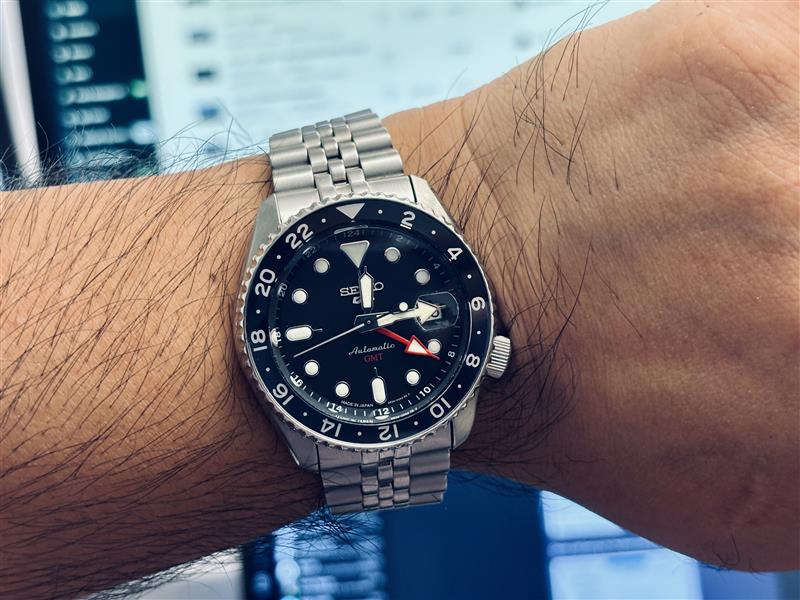Watches are more than just tools to tell time—they’re personal statements, functional accessories, and sometimes even heirlooms. While smartwatches have become the norm for many, I find myself drawn to the simplicity and craftsmanship of a mechanical automatic watch. Unlike a quartz or smartwatch, an automatic watch doesn’t need a battery. As long as you wear it regularly, it stays wound and keeps ticking, no charging required. There’s something satisfying about the idea that the movement of my own wrist powers the device I rely on to track my day.
I do own a couple of Apple Watches, and I’ll admit they have their perks. Being able to text back quickly from my wrist is a convenient feature, but I found that convenience came at a cost. The ability to fire off rapid responses made my communication feel rushed, impersonal—just another notification to clear. And that’s the problem with smartwatches in general: they keep you too connected, too plugged in. A quick glance at your wrist should remind you of the time, not flood you with updates, alerts, and distractions.
While I do own a nice Swiss-made watch, my daily watch has been an inexpensive Seiko GMT. The GMT complication allows me to track a second time zone, which I originally planned to set to Seattle time. However, I “erroneously” set it to Alaska time—where I’m from—and decided to keep it that way. There’s something comforting about always having a piece of home on my wrist, no matter where I am. It’s a small reminder of where I’ve been and where I come from.
That said, I do have a grail watch in mind: the Longines Spirit Zulu Time, a beautifully made GMT watch that blends history with modern craftsmanship. It’s not something I plan to get right away—perhaps I’ll wait until I have more money saved up or until I want to mark an important milestone in my life. But until then, my Seiko GMT serves me well, keeping me connected to time in the way I prefer—without distractions, without notifications, just a simple, mechanical connection to the world around me.
